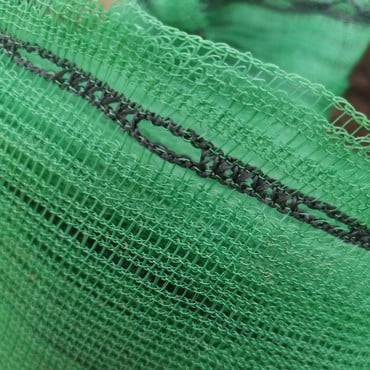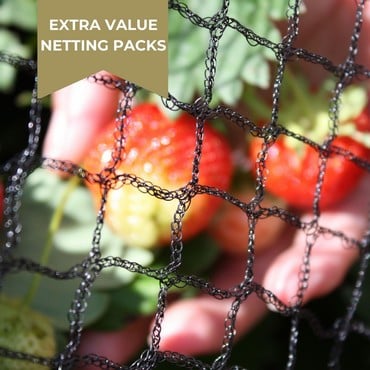Plot Position
Choosing Your Plot & Position
A little planning can go a long way to choosing an ideal spot for your new vegetable patch and by following our simple tips it will go a long way to ensuring a productive and enjoyable vegetable garden!
When choosing your plot consider...
Sun - Choose a site that gets at least 6 hours of sunshine a day. Check how sunny your proposed plot will be at different times of day. Remember that the angle of the sun is lower in the spring and autumn and may effect how the garden is shaded by nearby trees.
Water - Your garden will need regular watering so make sure your hoses will reach your intended site. Too If you have a greenhouse or a shed nearby water butts are a must to save on your water bill. Too much water isn’t good for plants or soil so avoid a site with poor drainage.
Wind - Your site should have good air circulation which is important for wind-pollinated crops such as tomatoes, peppers, aubergines and sweet corn. Too much wind on the other hand can reduce yields, cause erosion, result in moisture loss and topple tall crops like sweet corn. If you have a windy site consider wind breaks.
Slope - A flat site is best as soil erosion is a problem with sloping land and water will run off. A south-facing slope can be an advantage as soil warms up faster in the spring: a bonus for early crops. If your slope is steep terracing would be beneficial.
Convenience - Try to situate the kitchen garden close to the house. Having your vegetable plot close to the back door is very handy when you are cooking.
Pets/Wild Animals - If you have pets or wildlife in your area, consider how you plan to keep animals out of the garden. Fencing may be necessary.
Size & Layout
Unless you have a lot of time to garden, don’t plant a larger vegetable garden than you can realistically look after. A smaller, well-tended area will be more productive and more satisfying.
If you need a garden that will provide you with all of your vegetables, ideally you should plan on 5 square meters (50 square feet) per person but if you have a small space available a small plot can produce adequate yields with a little planning. To supplement your small plot vegetables can even be grown in pots on a sunny balcony or patio.
When laying out the garden, it’s best to orientate rows from north to south to avoid taller plants shading shorter ones. Also, perennial crops such as asparagus, rhubarb will need to be in a permanent space. If you are practicing crop rotation plant your perennials in a separate area or accommodate them in other areas of the garden, in flower beds for example.
If you have wildlife (or pets) in your area, consider how you plan to keep animals out of the garden. Fencing may be necessary.
You can find more information on growing in different plot positions in the Where to Grow section.


























